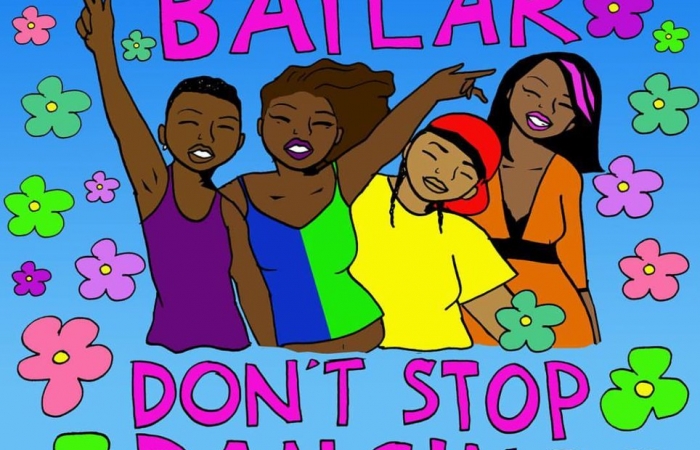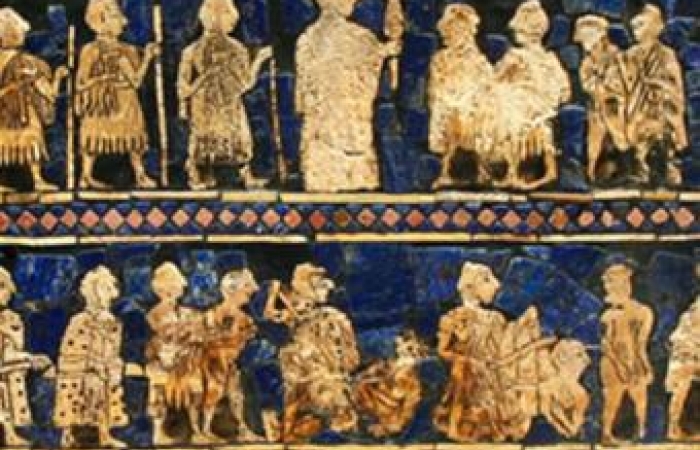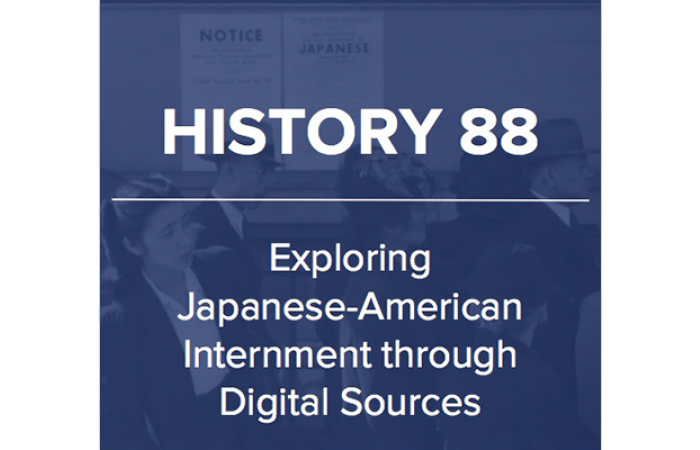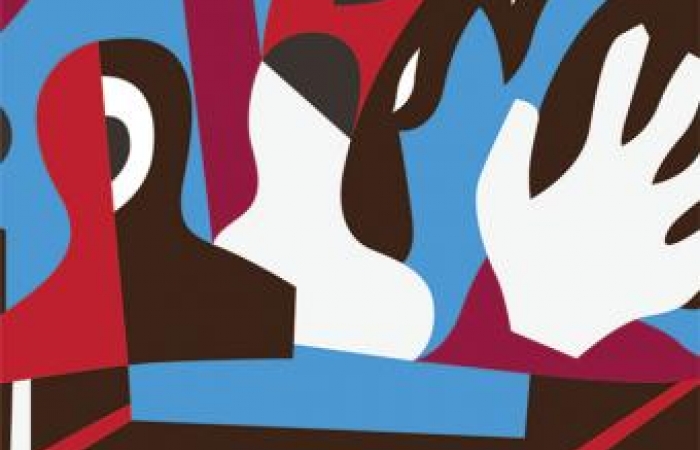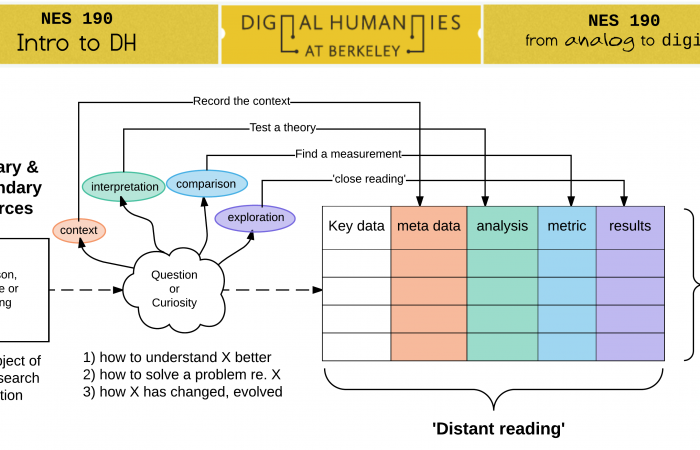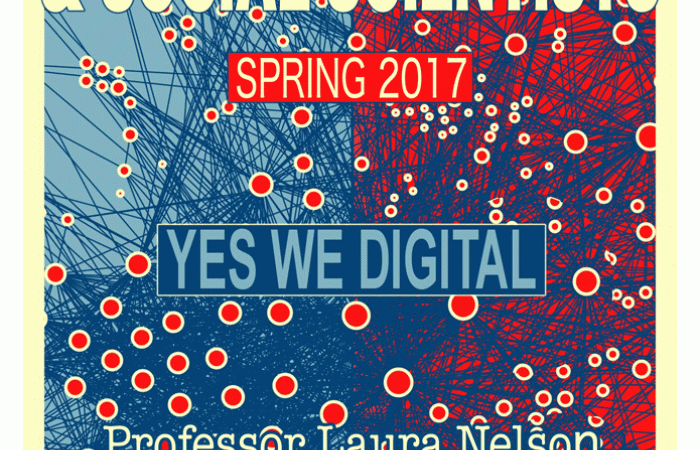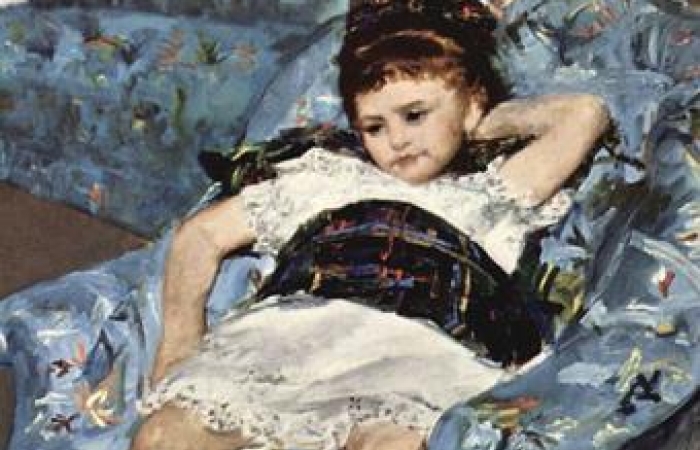(Re)presenting Humanity at the Margins: Curating and Visualizing Cultural Memory in the Digital Humanities
We Live in a time of Black and Brown erasure, even as emergent digital technologies are lauded as promising tools for visibility, mobilization, and liberation. As researchers in a digitized and interconnected world - where the boundaries between our virtual and "real life" contexts are increasingly blurred and where our understanding of our humanity is constantly mediated through digital artifacts and too.s - we are presented with pressing questions:![]()
